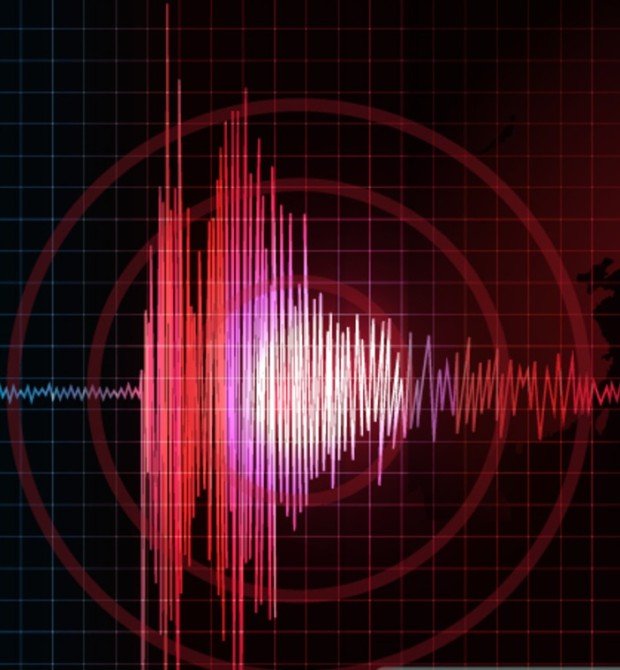For insurers and reinsurers, the 1995 Kobe earthquake produced $3 billion in insured property losses, but a repeat of a more devastating quake that happened 72 years earlier could bring $225 billion in industry losses.
 And a more typical level of long-run expected losses for the industry from earthquakes in Japan falls in the $2-$3 billion range annually, based on information in a new whitepaper.
And a more typical level of long-run expected losses for the industry from earthquakes in Japan falls in the $2-$3 billion range annually, based on information in a new whitepaper.
The eye-opening figures aren’t specifically mentioned in the whitepaper from Karen Clark & Co. Instead, the paper titled, “Quantifying and Managing Japan Earthquake Risk,” notes that a KCC model would put total property losses—insured and uninsured property losses—for a repeat of the 1923 Kanto earthquake above $1.5 trillion.
“Based on recent events, 10-15 percent of Japan’s total earthquake loss potential is covered” by the global insurance and reinsurance industry, the report also says.
Combining the two facts, readers can calculate a range of $150 billion-$225 billion for just the insurance piece of the estimate for the 1923 event, which the whitepaper describes as an M7.9 megathrust event that occurred off the Southeastern shore of Japan, causing over half of all buildings in Tokyo and Yokohama to be completely destroyed.
In contrast, the more recent $100 billion 1995 Kobe event was an M6.9 shallow crustal onshore event, the report notes.
Another estimate included in the whitepaper—a $3 trillion damage scenario—imagines an event impacting the same region as Kanto but at a higher magnitude.
But that’s not the entire level of exposure. In fact, the KCC estimates only include insured and uninsured losses for property, property contents and direct business interruption losses. They do not include contingent business interruption or losses to infrastructure, the company advised.
According to the whitepaper, “On a long run expected basis, Japan’s earthquake loss potential (insurance and uninsured) averages to over $20 billion per year.”
Assuming a continuation of the 10-15 percent insurance coverage level cited in the whitepaper, the expected insured property loss level is roughly $2-$3 billion per year.
The whitepaper notes these potential loss levels exist in spite of building code revisions in Japan that have taken place after each major event. In fact, Japan has constructed many of the world’s most earthquake resistant buildings.
The whitepaper includes a summary description of commercial and residential property in Japan today, noting that the KCC Japan Earthquake Reference Model used to derive the multibillion estimates of quake damage from possible events includes a high-resolution database of residential and commercial property values reflecting the proportion of structures falling within various occupancy and construction types.
The model captures fault-based events and background events (those occurring on poorly characterized or unknown faults)—tens of thousands in all, incorporating 175 crustal fault sources and 37 subduction zones. KCC scientists used the most recent published seismological research (including the Japan Seismic Hazard Information Station, J-SHIS, National Seismic Hazard Maps) to generate a comprehensive event catalog representing seismic risk across Japan.
The whitepaper also describes ground motion assumptions used in the model and various risk metrics and Characteristic Events (CEs) provided by the model. (See earlier article, What Boards Would Like to Know About Catastrophe Losses, for a discussion of CEs in the hurricane context.)





















 Good Times for U.S. P/C Insurers May Not Last; Auto Challenges Ahead
Good Times for U.S. P/C Insurers May Not Last; Auto Challenges Ahead  Breaking: Andersen to Replace Zaffino as CEO of AIG on June 1
Breaking: Andersen to Replace Zaffino as CEO of AIG on June 1  Artificial Intelligence Is Rewriting the Rules for Commercial Lines
Artificial Intelligence Is Rewriting the Rules for Commercial Lines  Five AI Trends Reshaping Insurance in 2026
Five AI Trends Reshaping Insurance in 2026 





